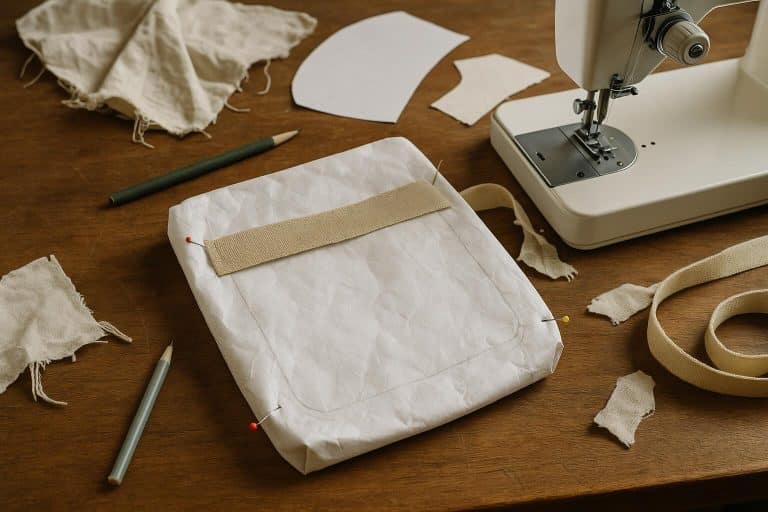What You Can Learn from Taking a Bag Apart
There’s a lot to learn by taking apart something that already works, especially when it comes to durable bags. Studying the construction of a commercial bag is one of the most effective ways to understand how pro-level gear is designed, assembled, and optimized for function. It’s hands-on, visual, and incredibly rewarding — especially when you realize you can make a version that fits your needs even better.
Whether you’re trying to recreate a discontinued pouch, learn smart layout decisions, or adapt field-tested construction to your needs, this process is an eye-opening way to study smart design and turn it into something custom. If you’re not sure when to build vs. modify, this post breaks down how to decide.
What Makes a Good Candidate Bag?
Not every bag is easy to study and learn from, so start simple:
- Boxy or rectangular bags and pouches
- Minimal hidden seams or liners
- Older or inexpensive bags (you won’t feel bad cutting them up)
- Modular bags with visible stitching (like MOLLE pouches)
- Bags with strong field-tested layout you want to replicate
Tools and Supplies You’ll Need
You don’t need anything fancy — just tools that let you take things apart carefully and capture what you find:
- Seam ripper or small sharp scissors
- In a pinch a hobby knife will work too, just be careful what you cut
- Ruler or measuring tape (metric often works best)
- Graph paper, printer paper, or pattern/kraft paper — anything you can trace on or write measurements on (If you want a step-by-step on sketching or laying out projects, check out Plan It Right)
- Pencil or fabric pen
- Optional: calipers for webbing or small features
- Your phone or camera for reference photos
Step-by-Step: Studying the Bag’s Construction
1. Photograph the Bag from All Angles
Before you take anything apart, snap pictures of the front, back, sides, and inside. You’ll thank yourself later if you rebuild or reference it in future projects.
2. Start with Exterior Panels
Measure the height, width, and general layout of each side. Jot down where zippers, straps, and seams fall.
3. Carefully Deconstruct the Bag
Use your seam ripper to remove stitches one layer at a time. Take notes if you find hidden reinforcements, folds, or fabric layers.
Pro Tip: Not ready to take your bag apart completely? Try turning it inside out and studying the seams. You can often get a good look at how it’s constructed, then sketch out the panel shapes and think through the logical assembly order.
4. Flatten and Trace Each Panel
As you remove pieces, flatten them gently and trace them onto paper. Label each one (front, side, flap, bottom, etc.) and note the grain direction if visible.
5. Note Construction Order
Pay attention to the assembly order — what was sewn first? Which seams are covered? This helps you build it back in the correct order.
6. Measure and Label Key Components
Record the length and type of:
- Zippers
- Webbing and straps
- Hook-and-loop, snaps, buckles, or hardware
Write these measurements next to the corresponding panels or on a reference sheet.
Tips for Rebuilding the Pattern
- Add seam allowance to all traced pieces (unless already present)
- Make a test version using muslin or scrap fabric to check fit
- Reinforce stress points, especially where straps attach
- Save the pattern pieces for future tweaks or rebuilds
Common Pitfalls to Avoid
- Not labeling pieces as you trace them
- Forgetting which side is the front/back or inside/outside
- Overstretching fabric when flattening
- Skipping the “before” photos
Conclusion
Studying a bag’s construction is one of the most accessible ways to learn what makes gear functional and field-worthy — and it’s a fantastic way to build your confidence before designing from scratch. Even if you don’t sew it right away, you’ll gain insight into how gear is constructed and how to improve it for your next build.
Tag @printpresssew and use #MYOGJourney if you decide to study and trace a bag’s construction — I’d love to see what you learn and how you apply it! Ready to try sewing something simple with your newfound skills? Here are 5 easy MYOG projects you can jump into right now.







